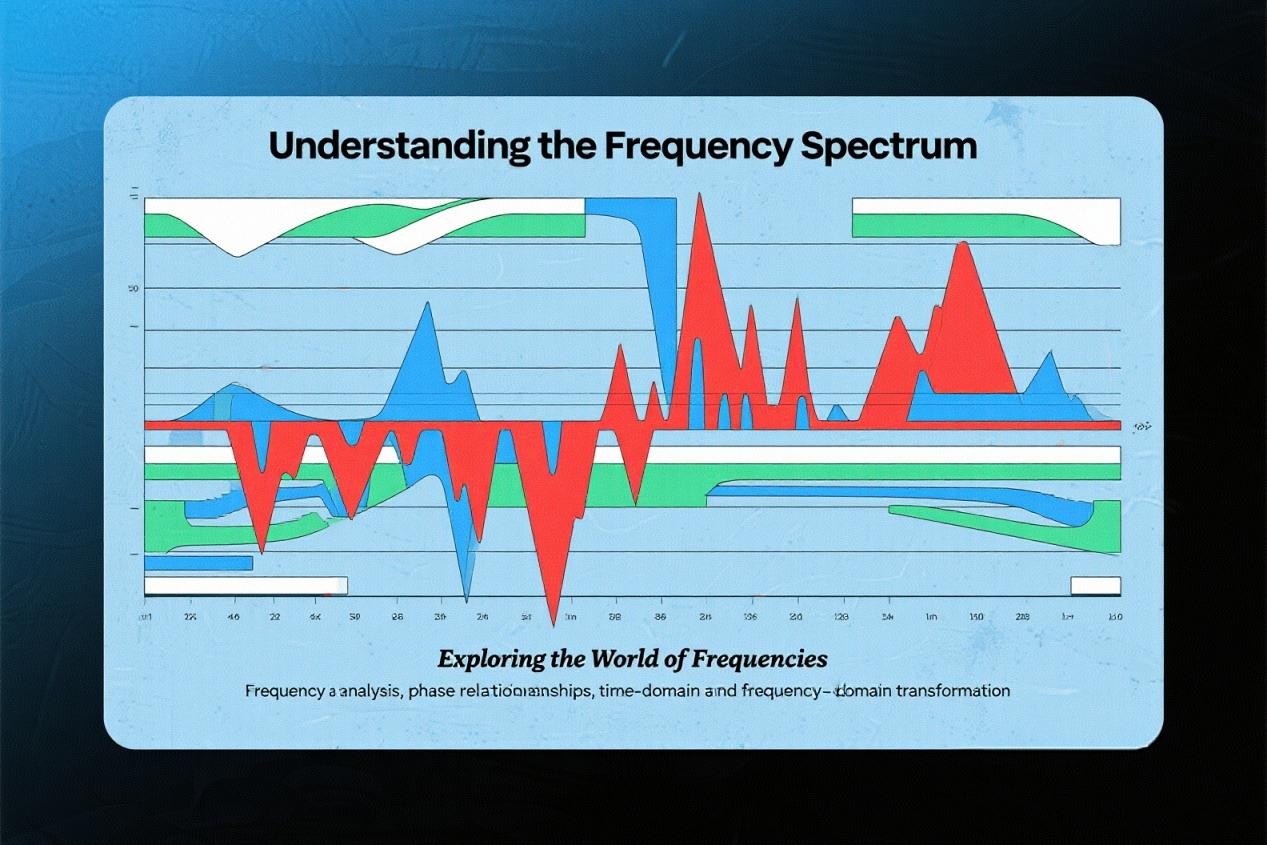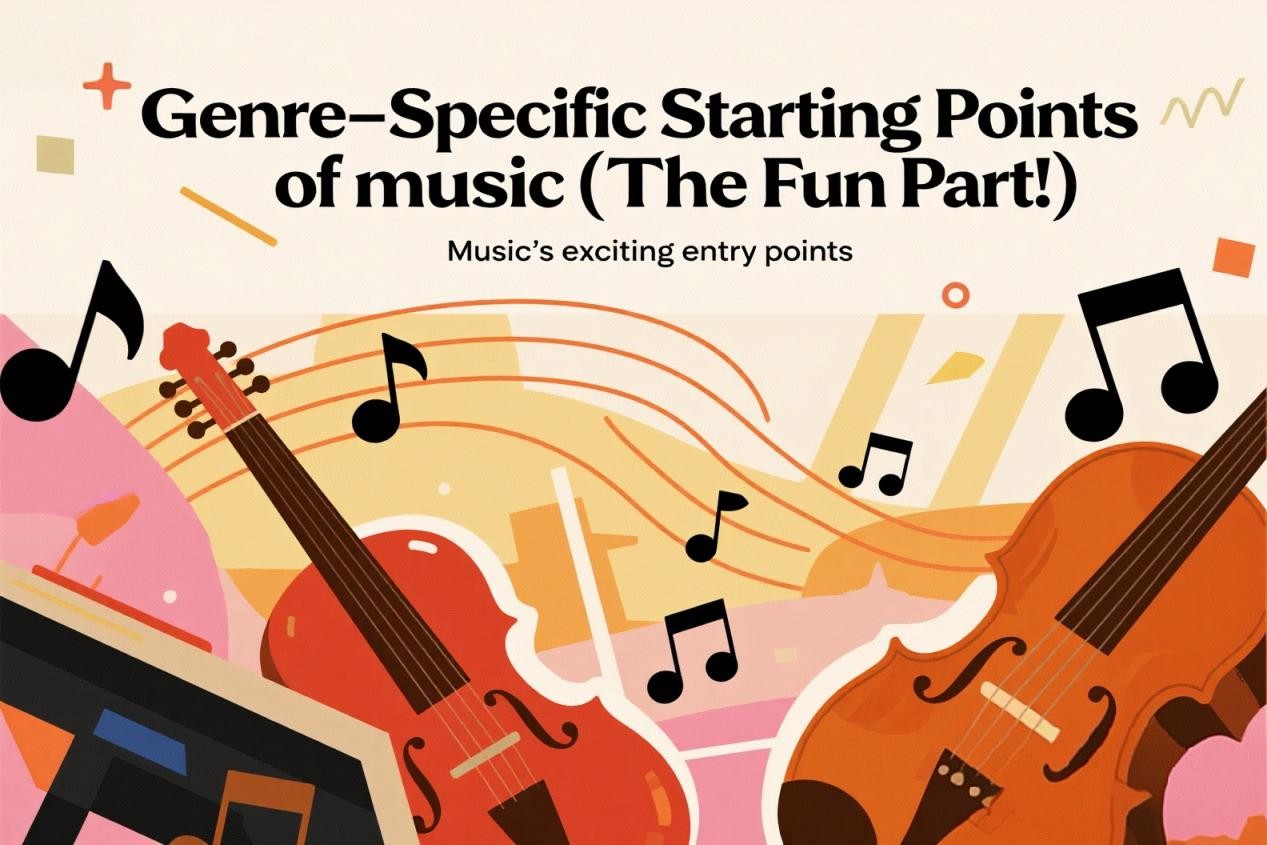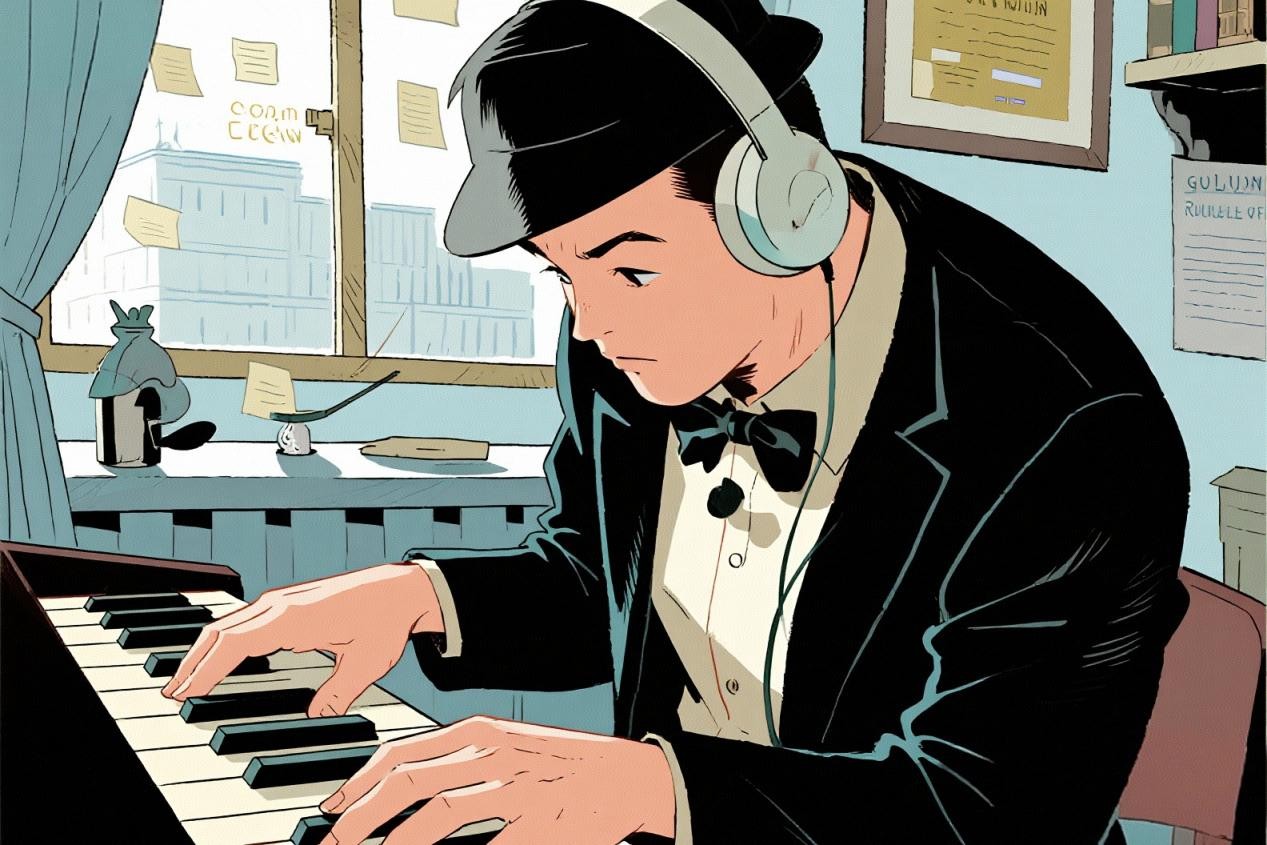Pursuing the perfect sound quality is like sculpting a sonic work of art, and equalizer (EQ) is your chisel. It is not about complex engineering, but rather shape sound according to your individual taste.

What is frequency spectrum
Imagine the audio as a canvas which is with colors of different frequencies;
- Low frequencies (20–250 Hz): Bass. Provides depth, power, and the physical “thump” of beats and drums.
- Mid-range frequencies (250–4,000 Hz): Heart. Most vocals and lead instruments fall in this range which makes the sound more presence and clearer.
- High frequencies (4,000–20,000 Hz): Sparkle. Adds brightness, air, and detail to cymbals, string attacks, and breaths.

Starting points for different styles of music (that’s where the fun is!)
There is no perfect single independent parameter setting, but the following suggestions can help you find a good starting point.
- Hip-Hop and Electronic Music: Boost the low frequencies (60-80 Hz) to create a strong bass foundation. A slight high-frequency boost (5k-8k Hz) can make synthesizers and snaps clearer.
- Rock and Metal: Boost the 100-200 Hz range to make guitars sound more powerful and fuller. Boost the 8k-12k Hz range to add attack and crispness.
- Vocals (Podcasts/Singing): For clarity, try a slight cut from the low frequencies to midrange (200-500 Hz) to reduce muddiness and a subtle boost from the high frequencies to midrange (2k-4k Hz) to enhance presence.
- Classical and Acoustic Music: A flat (neutral) EQ is often used to keep the original balance of the recording. A slight high-frequency boost can enhance the air and detail of strings.

The Golden Rule of EQ
- Start flat and listen: Always start by turning all EQ sliders to zero (a “flat” response) and listening to the music without changing it.
- Less is more: Make adjustments subtly. Drastic boosts (especially in the bass) can quickly result in muddiness and distortion.
- Cut first, boost later: Often, improving the sound involves removing what you don’t like. Try cutting problematic frequencies before boosting other frequencies.
- Trust your ears: Guidelines are for reference only. The best settings are those that sound best on your device.
Advanced Skills
- Using a High-Pass Filter: Applying a high-pass filter to non-bass instruments (like vocals and guitar) can remove unwanted low-frequency rumble (e.g., below 80-100 Hz) and improve mix clarity.
- Addressing “Boxiness”: If vocals sound muffled (typically in the 250-500 Hz range), applying a small amount of attenuation in this frequency range can make it better.
- Try High Shelf EQ: To add air or sheen to the entire mix, vocals, or cymbals, apply a high-shelf EQ with a moderate boost (e.g., 1-3 dB) at 5 kHz and above.
Ultimately, EQ is a personalization tool. Try these suggestions, trust your hearing, and enjoy the process of sculpting your perfect sound!
